BC Parks Foundation
Over 1,800 Hectares of Prime Habitat Conserved for BC's Iconic Wildlife
November 25, 2024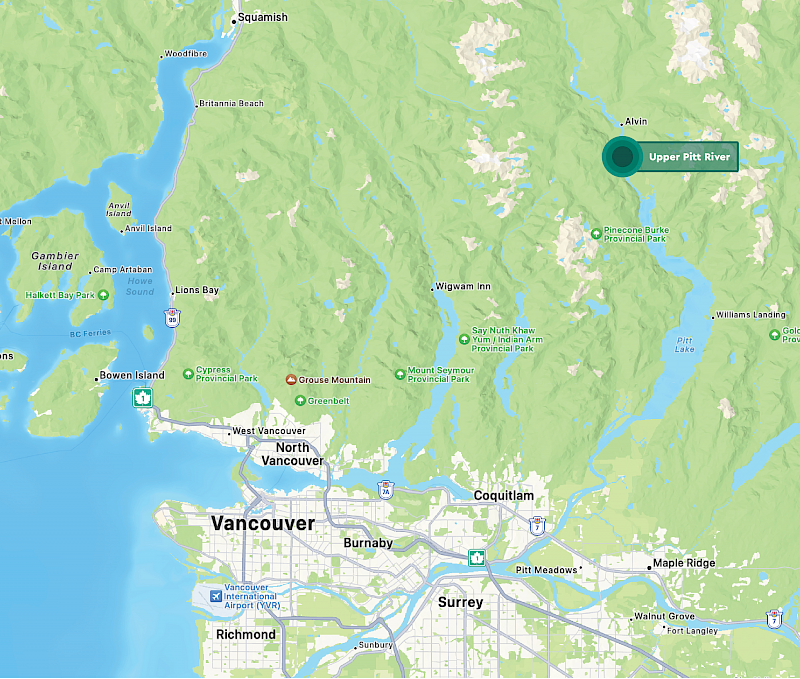
Over 1,800 Hectares of Prime Habitat Conserved for BC's Iconic Wildlife
In a major step forward for wildlife conservation, over 1,800 hectares of critical habitat for iconic species such as Grizzly Bears, Moose, and Woodland Caribou in Northern British Columbia have been protected forever.
This win was made possible through the collective effort of BC Parks Foundation’s support community, including dedicated individual donors and major funders like Environment and Climate Change Canada’s Nature Smart Climate Solutions Fund and the Wilson 5 Foundation.
“Northern ecosystems are crucial for global biodiversity and climate regulation, but are underrepresented in protected area systems worldwide,” says Andy Day, CEO of the BC Parks Foundation. “We are very grateful to everyone who supported this project -- it shows what can be done when people work together to keep BC beautiful.”
The project strategically expands existing conservation areas, preserving pristine wilderness, maintaining vital wildlife corridors, and reducing greenhouse gas emissions. A balanced approach ensures that as Northern BC grows, it does so in harmony with its rich natural heritage, benefiting both wildlife and local communities.
“This conservation win is about keeping BC alive and thriving—not just for wildlife, but for people who need these spaces to stay active and connected to nature,” says Chip and Summer Wilson from the Wilson 5 Foundation. “We’re not just protecting land; we’re securing it forever. Future generations will have places to move, explore, and experience the outdoors in all its beauty. This is how we preserve the essence of BC, ensuring its wild and vibrant landscapes remain for all to enjoy.”
The newly protected places include:
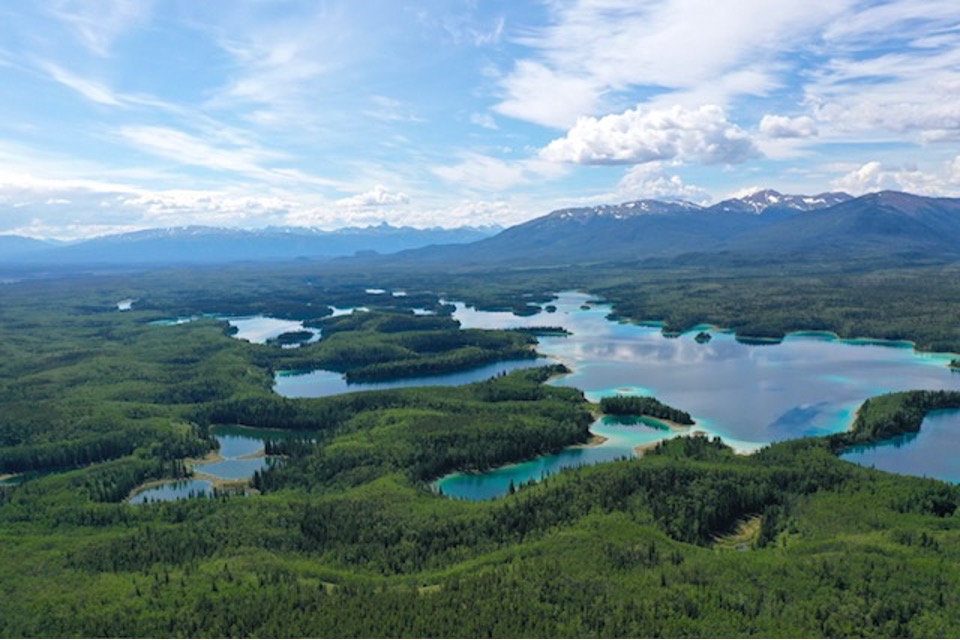
Boya Lake
At nearly 2,000 acres, this property represents one of the largest private land conservation projects in Northern BC. Bordering Tā Ch’ilā (Boya Lake) Provincial Park and Ne’ah’ Conservancy, this land is crisscrossed by side-channel wetlands that provide essential habitat for Moose, Caribou, and Black Bears, and birds like Spruce Grouse and Three-toed Woodpeckers.
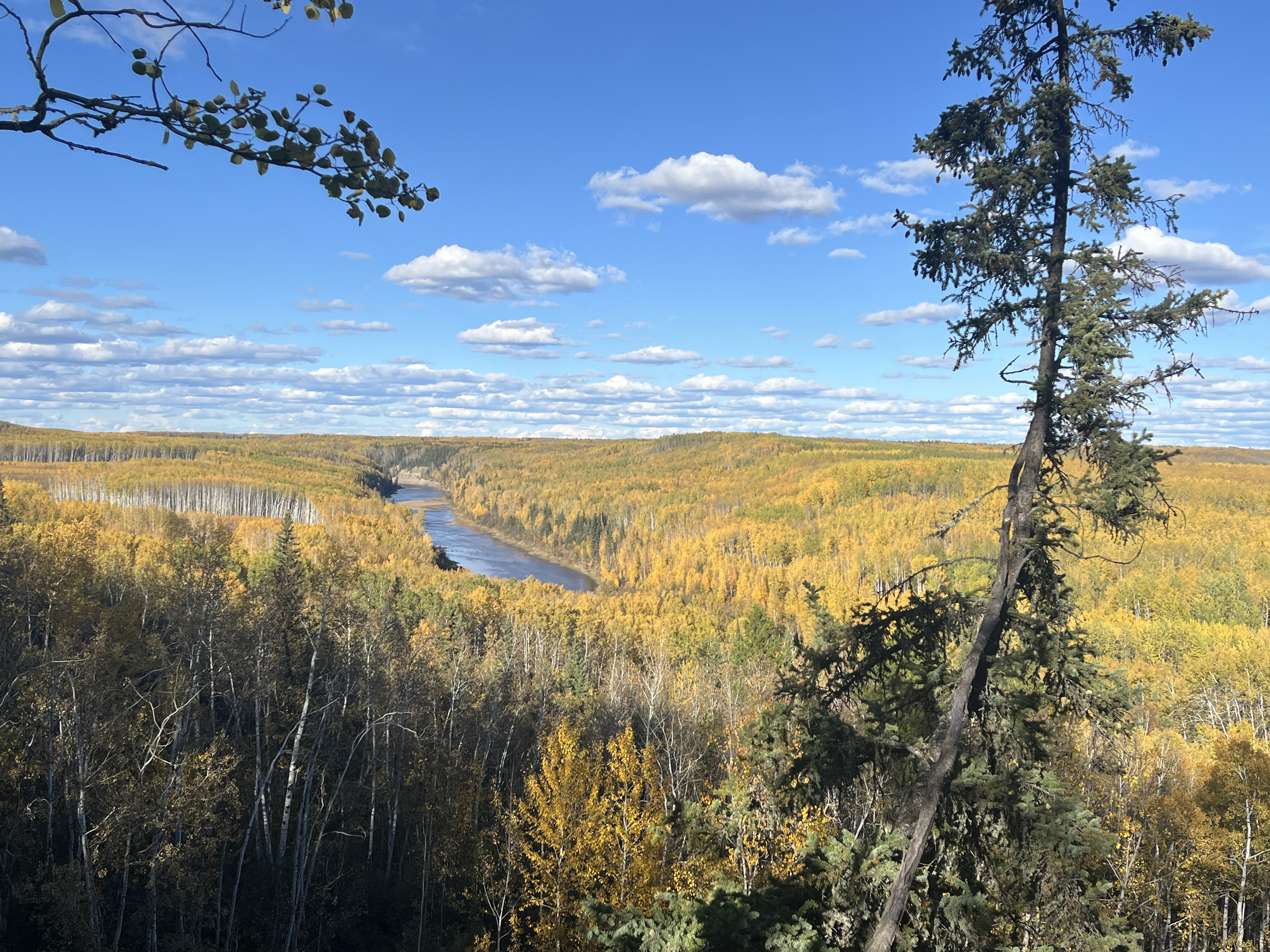
Beatton River
Beatton River is a vital and productive ecosystem located north of Fort St. John. Spanning 575 acres, the newly conserved area will expand the Beatton River Conservation Area. The area features mature trembling aspen stands, riparian wetlands, and essential river habitats that support a diverse range of species. With less than 3% of this region currently protected in BC, Beatton River is key to maintaining the health of the Peace River ecosystem.
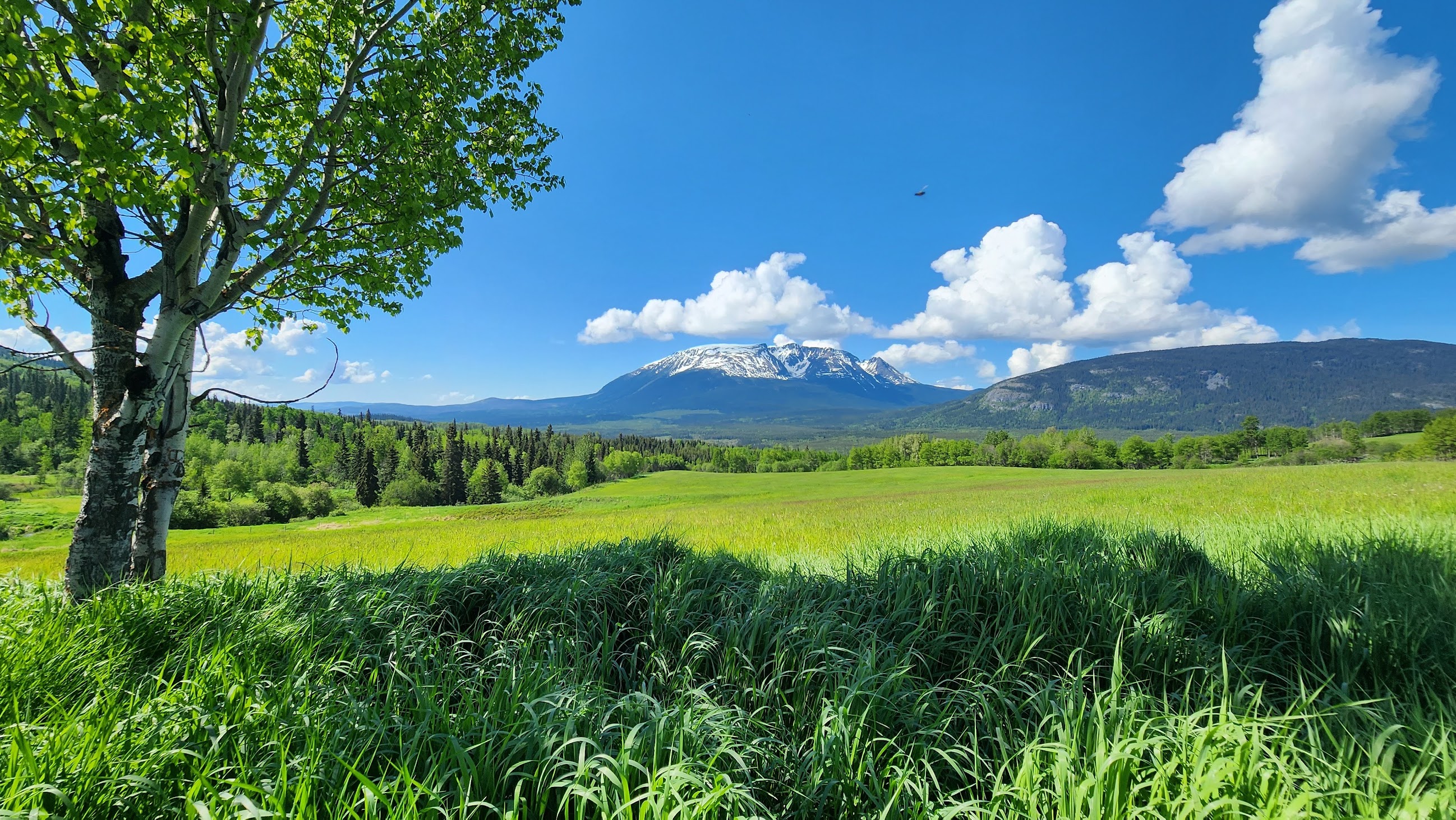
Nadina
This 708-acre conservation property boasts breathtaking views of volcanic Nadina Mountain and connects the Ecological Reserve to the north and conservation lands to the south. A recent site visit provided remarkable wildlife moments, including a mule deer doe giving birth in the long grass, a cow moose with her days-old calf feeding in the wetlands, and fresh grizzly tracks.
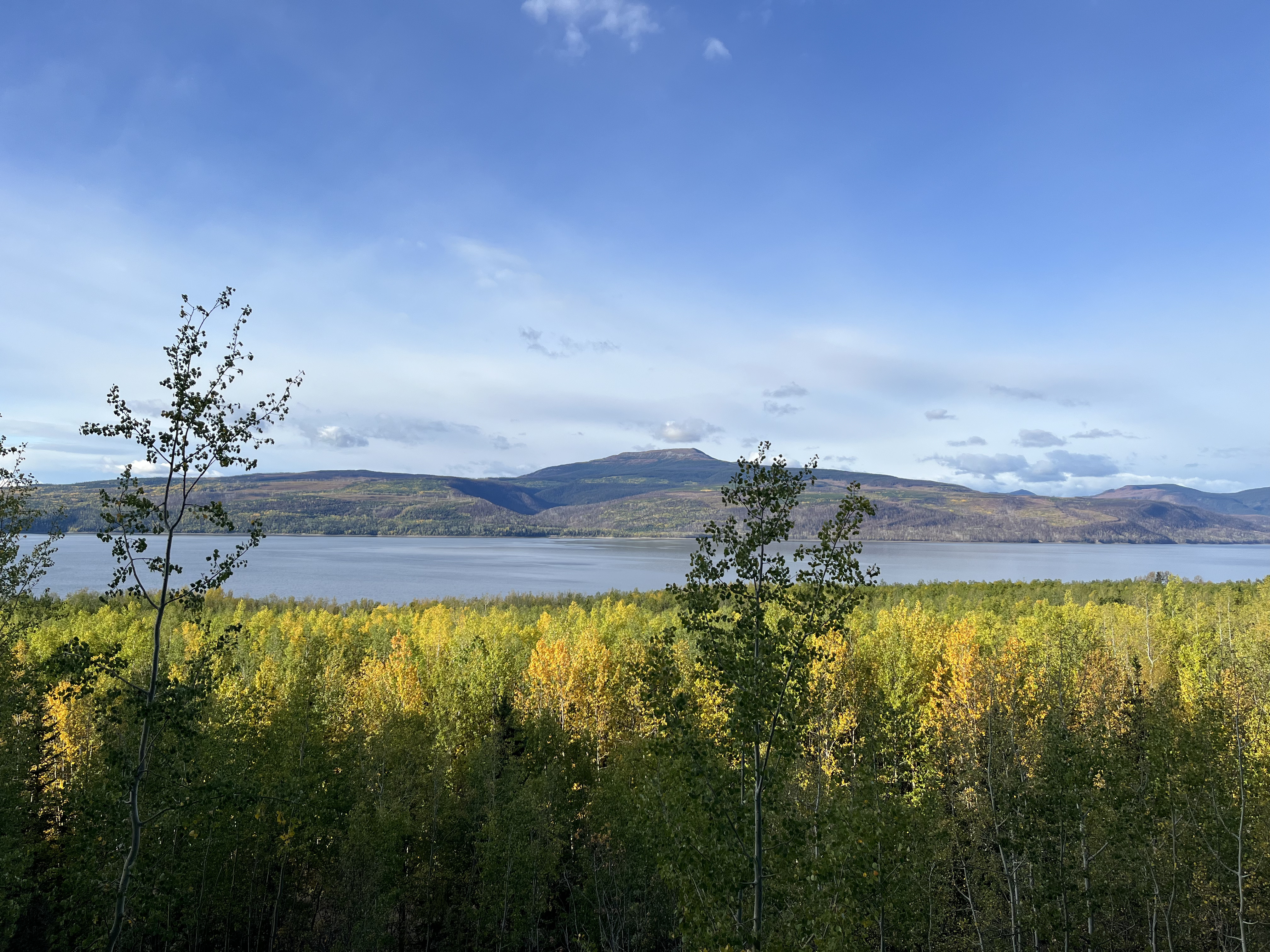
Butler Ridge
Spanning 1,300 acres, the Butler Ridge property is a critical habitat for the endangered Southern Mountain Woodland Caribou, Stone Sheep, and a large herd of Elk who thrive in the lower-elevation grasslands. The upland areas are blanketed with wild blueberry bushes, providing a massive feeding ground for bears during late summer. This property is strategically located adjacent to Butler Ridge Provincial Park and the Dunlevy Recreation Area.
Projects like this are underway across BC. Become a monthly donor to BC Parks Foundation.
Love this? For more inspiring stories about conservation wins, community efforts, and ways you can help protect nature, subscribe to our newsletter today.
Similar Stories
-
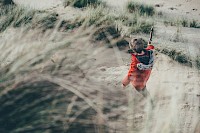 May 13, 2020
May 13, 2020
16 family-friendly, nature-inspired activities you can do anywhere
-
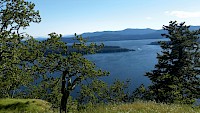 April 10, 2024
April 10, 2024
Protected: Galiano Island Garry Oak Ecosystem
-
 April 10, 2024
April 10, 2024
Giving Back - BE THE GOOD Project
“I can't conceive of anything being more varied, rich and handsome than planet earth: its crowning beauty is the natural world. I want to soak it up, to understand it ... then put it together and express it in my painting. This is the way I want to dedicate my life.
”